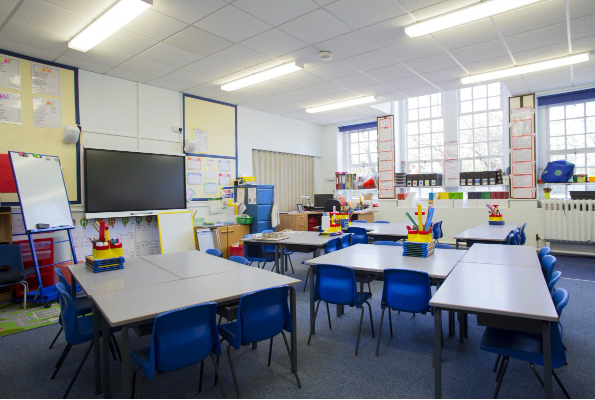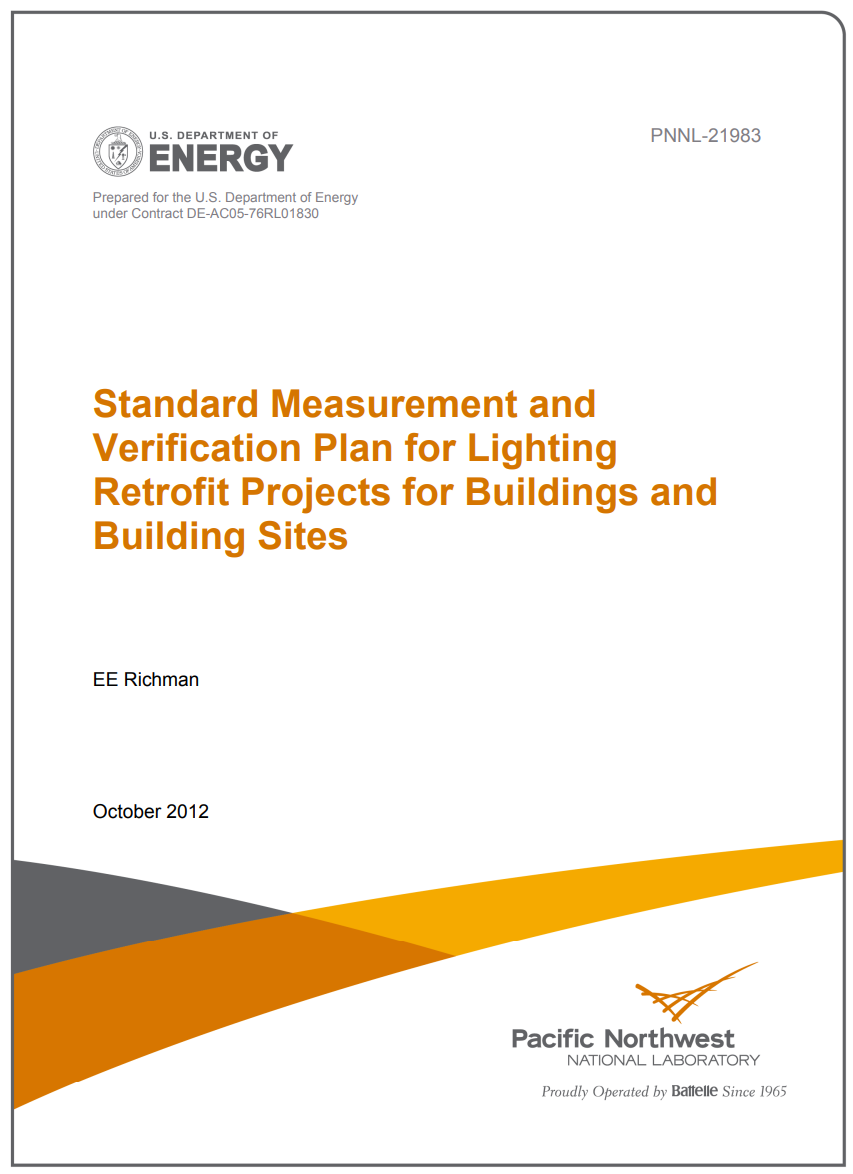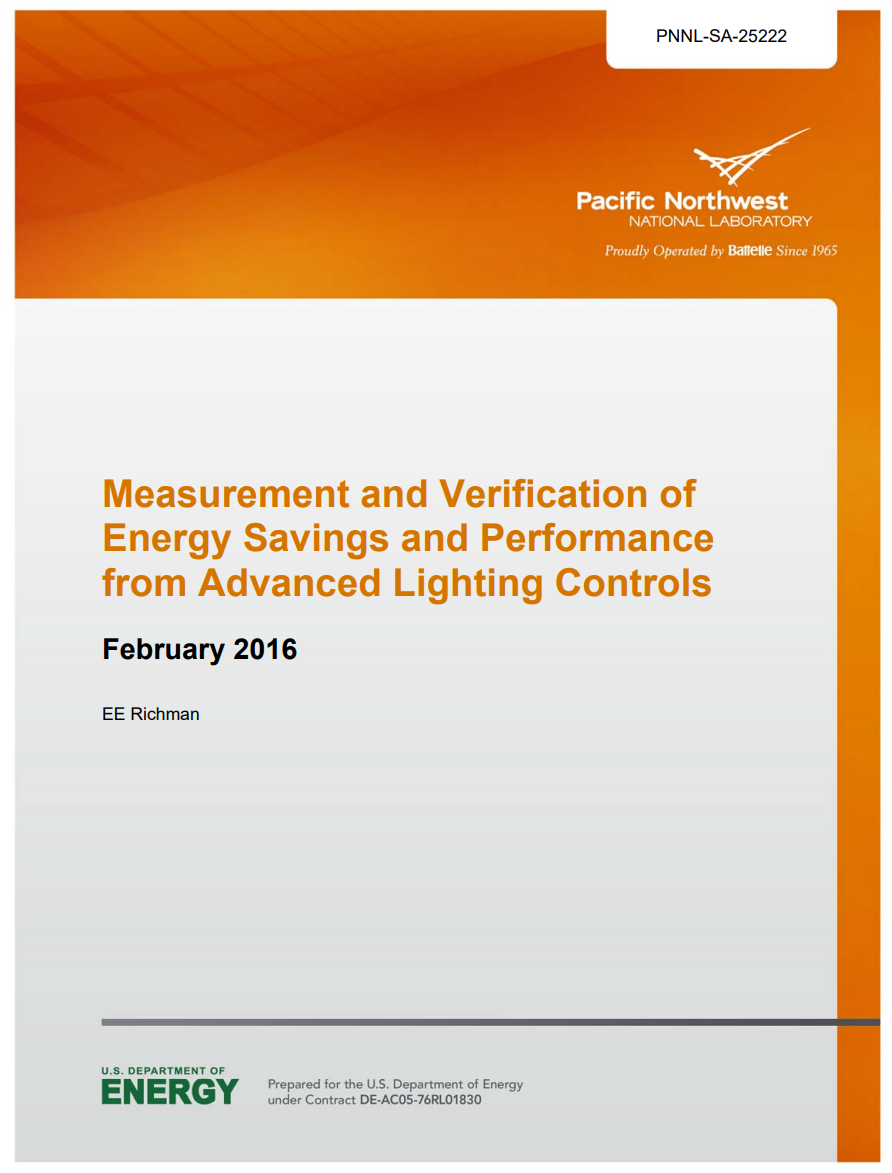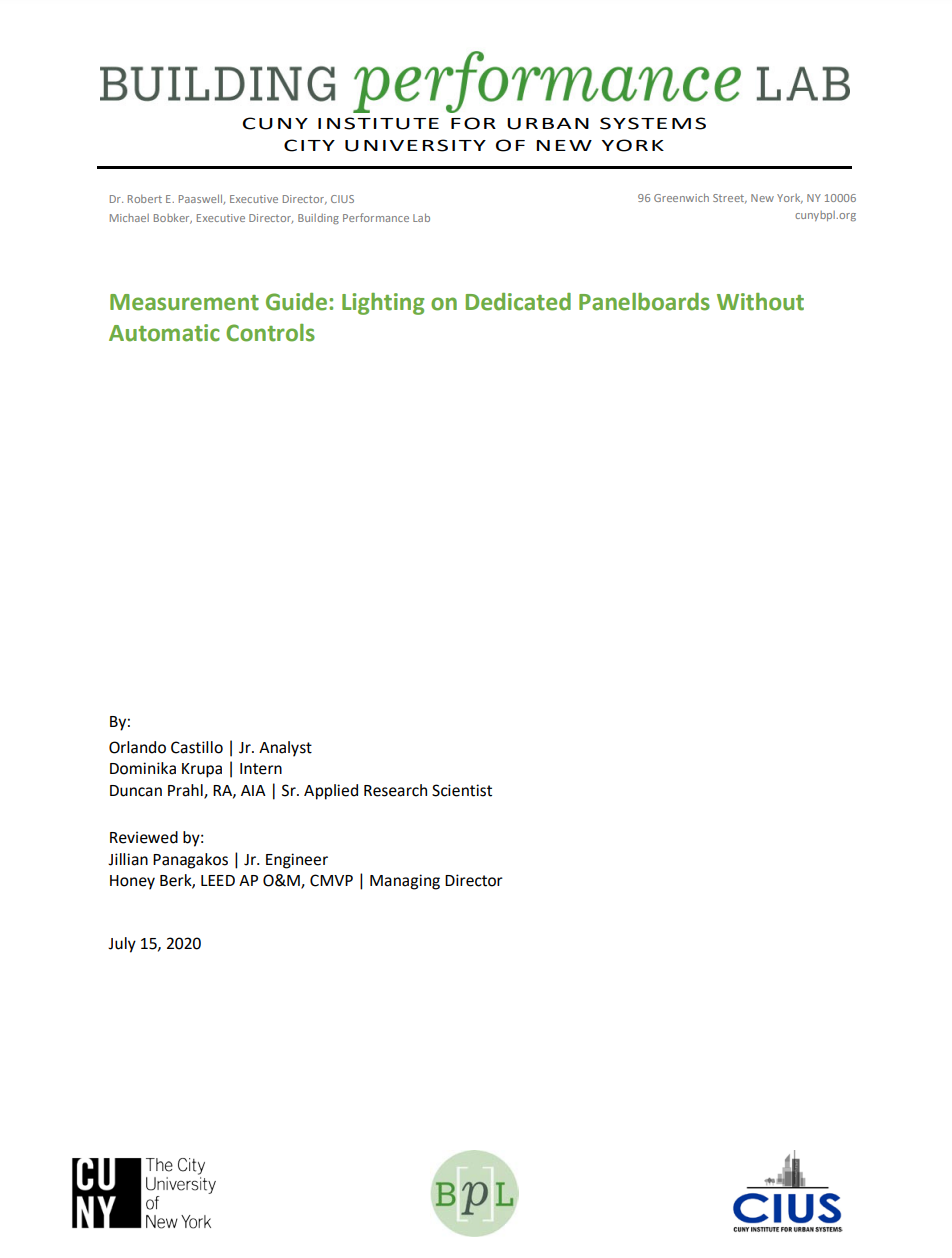Lighting
 Bright Idea: Lighting Toolkit for K-12 School Districts
Bright Idea: Lighting Toolkit for K-12 School Districts
This U.S. Department of Energy toolkit covers a wide range of technical implementation details, case studies, specifications, and more on lighting technologies in K-12 schools. There are resources on new technologies for the classroom like tunable lighting and adaptive controls for parking lot lighting. Other resources cover various interior and exterior spaces like auditoriums, cafeterias, gymnasiums, and pedestrian walkways. Leveraging these outstanding results and strategies, the K-12 Lighting Toolkit provides some best practices for implementing energy-efficient lighting in schools.
 Standard Measurement and Verification Plan for Lighting Retrofit Projects for Buildings and Building Sites
Standard Measurement and Verification Plan for Lighting Retrofit Projects for Buildings and Building Sites
This document provides a framework for standard measurement and verification (M&V) of lighting retrofit and replacement projects. It was developed to provide site owners, contractors, and other involved organizations with the essential elements of a robust M&V plan for lighting projects. It includes details on all aspects of effectively measuring light levels of existing and post-retrofit projects, conducting power measurement, and developing cost-effectiveness analysis. This framework M&V plan also enables consistent comparison among similar lighting projects, and may be used to develop M&V plans for non--lighting-technology retrofits and new installations.
 Measurement and Verification of Energy Savings and Performance from Advanced Lighting Controls
Measurement and Verification of Energy Savings and Performance from Advanced Lighting Controls
This document provides a framework for measurement and verification (M&V) of energy savings, performance, and user satisfaction from lighting retrofit projects involving occupancy-sensor-based, daylighting, and/or other types of automatic lighting. It was developed to provide site owners, contractors, and other involved organizations with the essential elements of a robust M&V plan for retrofit projects and to assist in developing specific project M&V plans. It provides an overview of how to conduct energy measurements and develop cost-effectiveness analyses to evaluate energy savings and compare different lighting control systems where applicable.
 Measurement Guide: Lighting on Dedicated Panelboards Without Automatic Controls
Measurement Guide: Lighting on Dedicated Panelboards Without Automatic Controls
This guide is one of a series developed with the goal of implementing consistent, simple, purpose-driven measurement processes to help quantify the impact of projects designed to further New York City’s greenhouse gas (GHG) reduction goals. These guides are designed for use by internal and external stakeholders to facilitate comprehensive characterizations of building energy consumption and promote standardized and reasonable reporting of avoided energy use, through the collection of energy-related system data in buildings owned or operated by the City. These measurement guides may also provide direction to other municipalities or private sector organizations that are looking to quantify avoided energy use for applicable energy conservation measures (ECMs).